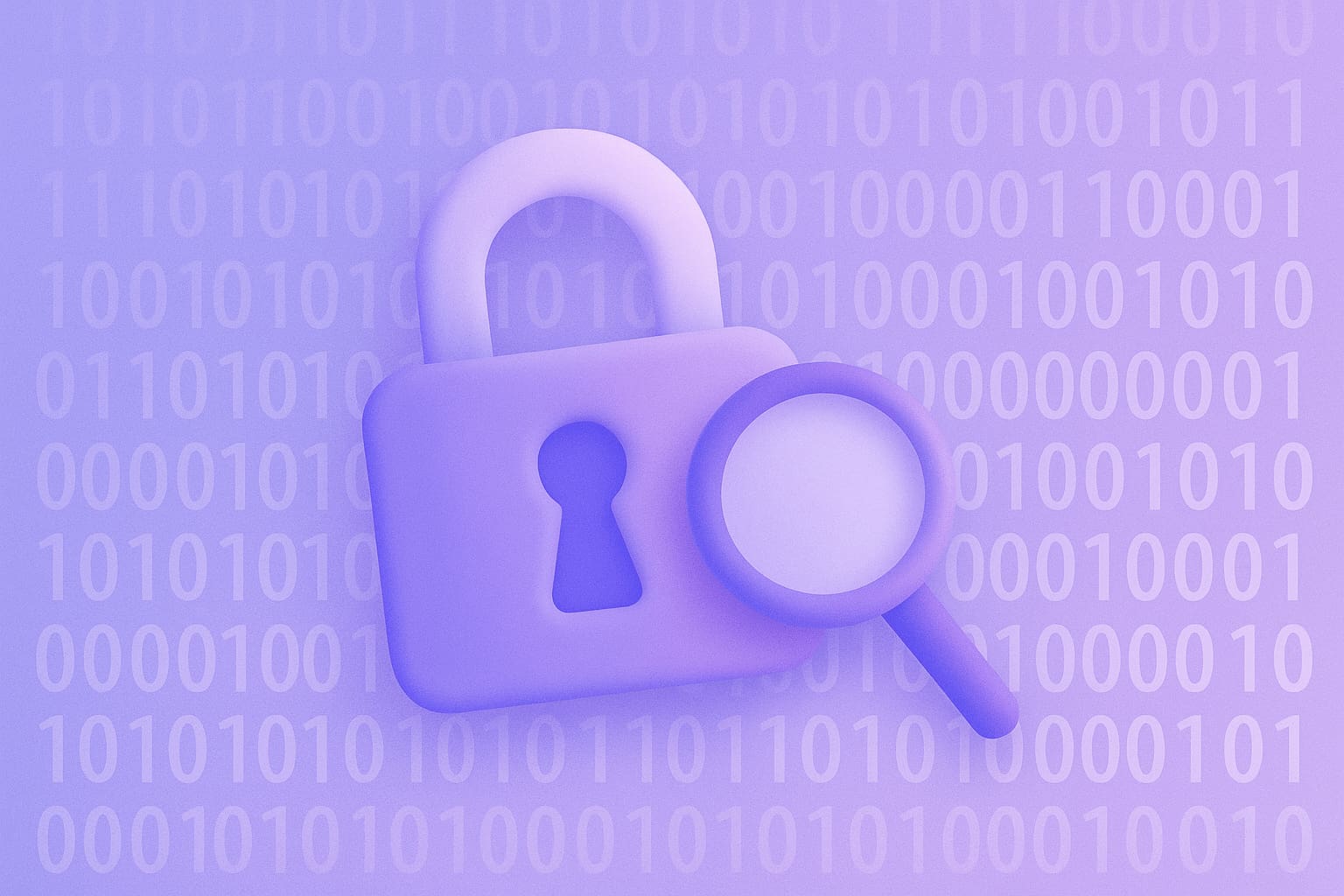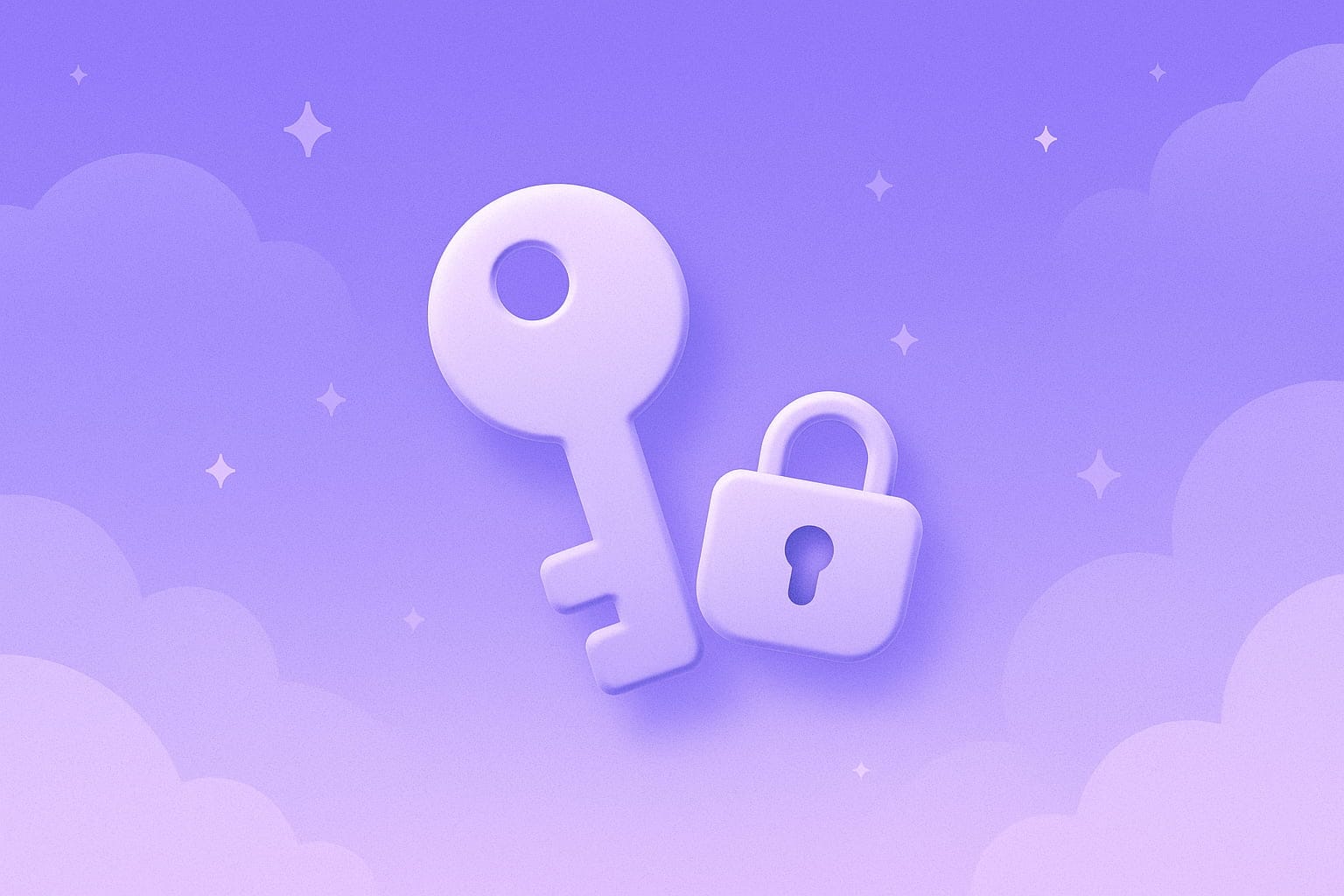Companies get hacked every week. When that happens, your email address can end up on lists that criminals buy and sell. Most people never find out their information was stolen until someone breaks into their accounts.
The Problem Is Getting Worse
You probably have accounts on dozens of websites. Each one stores your email address and password. When hackers break into a company's servers, they grab all that data and put it up for sale.
The worst part? You might not know about it for months. Companies don't always tell users right away when they get hacked. Some never say anything at all. Meanwhile, your login details are floating around where anyone can find them.
Most people use the same password on multiple sites. So if hackers get your password from one breach, they can try it everywhere else. They check your email, social media, shopping accounts - anything they can get into.
What Our Tool Does
We built a simple way to check if your email shows up in known data breaches. Type in any email address and see which companies lost your data.
The tool searches through major breach databases that security researchers maintain. If your email appears anywhere, you'll see exactly which sites got hacked and when it happened.
No account needed - Just enter an email and get results instantly.
Nothing gets saved - We don't store or share the emails you search.
Works everywhere - Same simple interface on phones, tablets, and computers.
Always free - No hidden costs or premium features locked away.
Fast results - Most searches finish in under three seconds.
Understanding What You Find
When your email shows up in a breach, we tell you:
The name of the website that got hacked. When the breach was discovered. What kind of information was stolen (passwords, phone numbers, addresses).
Sometimes you'll see breaches from sites you forgot you even signed up for. That's normal - most people have way more accounts than they remember.
If your email doesn't appear in any breaches, that's good news. But it doesn't mean you're completely safe. New breaches happen all the time, and some take months to become public.
What to Do Next
Found your email in a breach? Don't panic, but act fast.
- Change your password on that site immediately.
- If you used the same password anywhere else, change those too.
- Turn on two-factor authentication if the site offers it.
- Check your recent account activity for anything suspicious.
- Use temp mail or email aliases instead of real account to protect yourself.
The biggest mistake people make is using the same password everywhere. When one site gets breached, hackers try that password on popular sites like Gmail, Facebook, and banking apps. A password manager can help you use different passwords without having to remember them all.
Why We Built This
Data breaches affect everyone, but most people don't have an easy way to check if they've been hit. The tools that exist are either expensive, require registration, or don't cover enough sources.
We wanted to create something anyone could use for free, without signing up or sharing personal information.
Perfect Pair with Temp Mail
This breach checker works great with temporary email addresses. When you need to sign up for something but don't want to use your main email, grab a temp address first. Use cases:
- Testing apps you're not sure about
- Signing up for one-time downloads
- Forums where you want to stay anonymous
- Any site that seems sketchy or asks for too much information
If that temp email ever shows up in a breach, it doesn't matter because you're not using it for anything important.
Try It Now
Head over to our breach checker and enter your email address. If you find something concerning, take action right away. If your email is clean, check back in a few months, since new breaches surface regularly.
Don't wait until someone breaks into your accounts. A few minutes of checking now can save you hours of headaches later.





